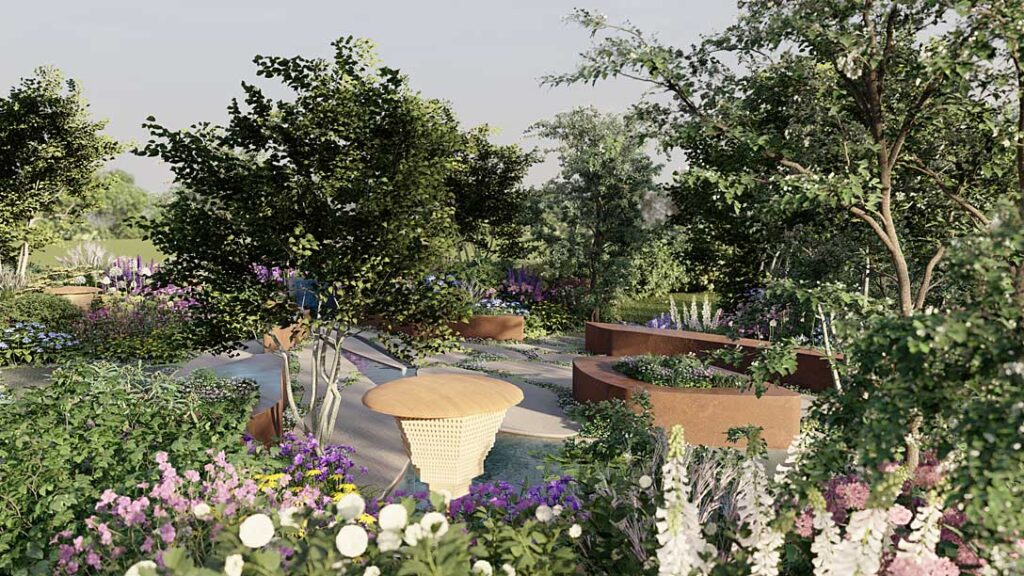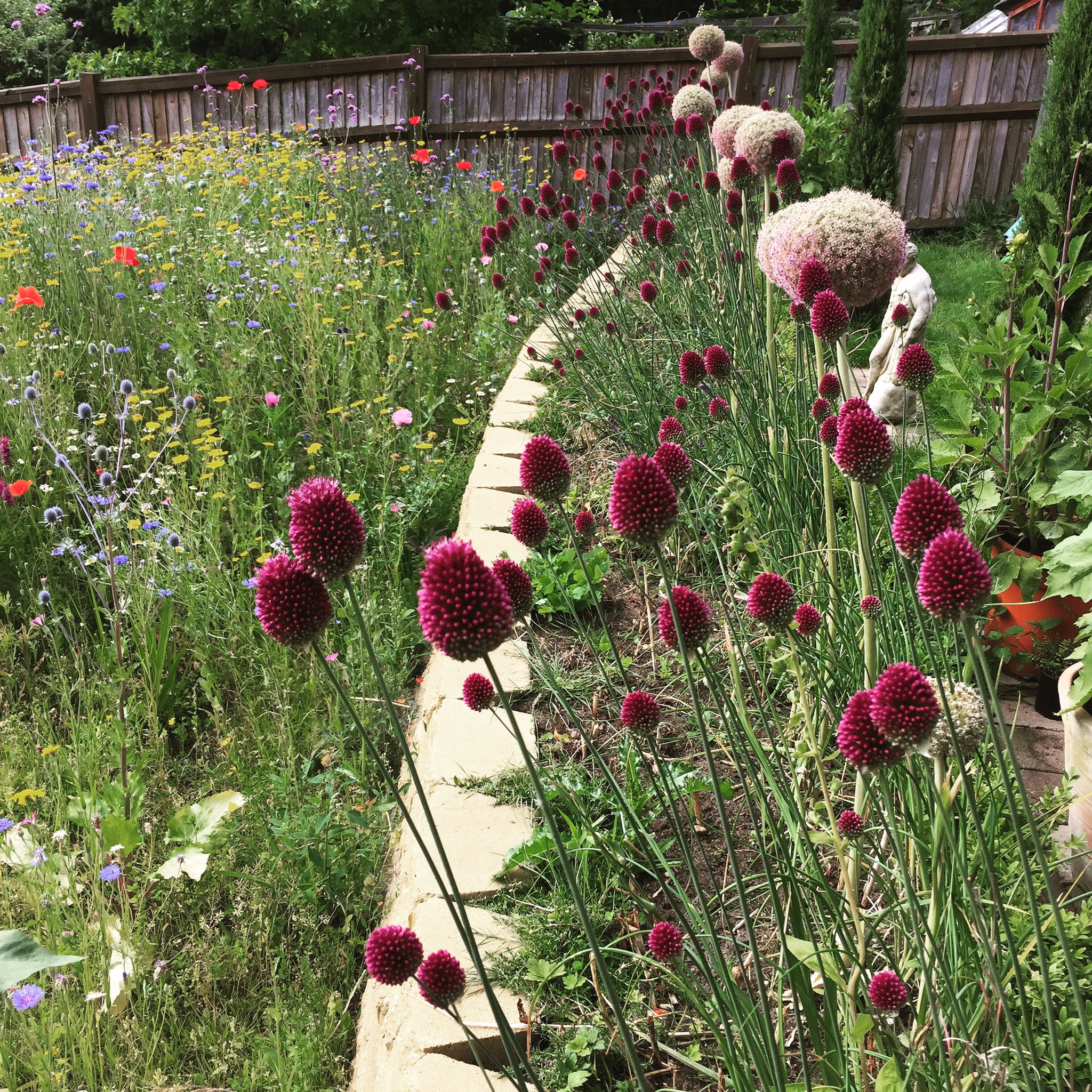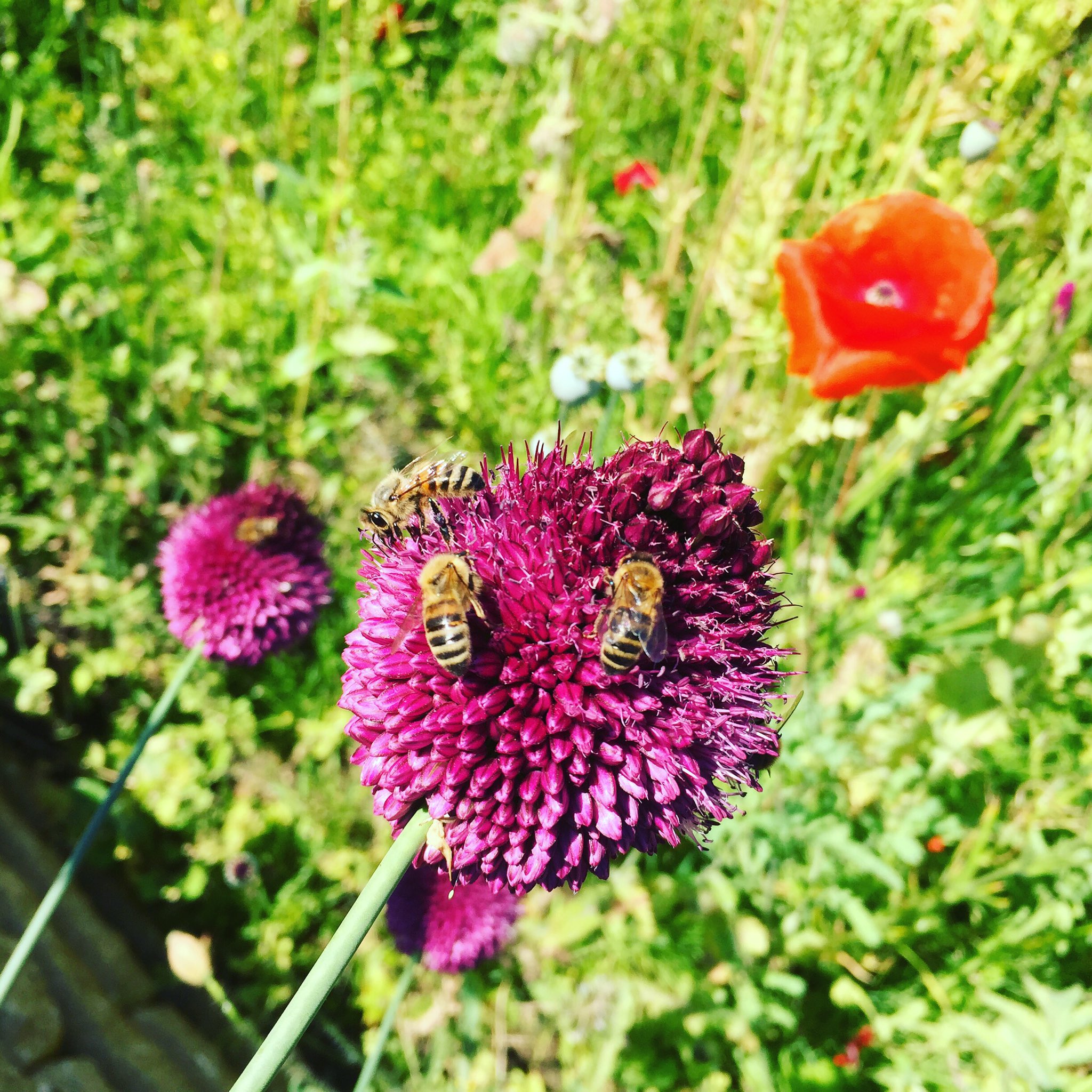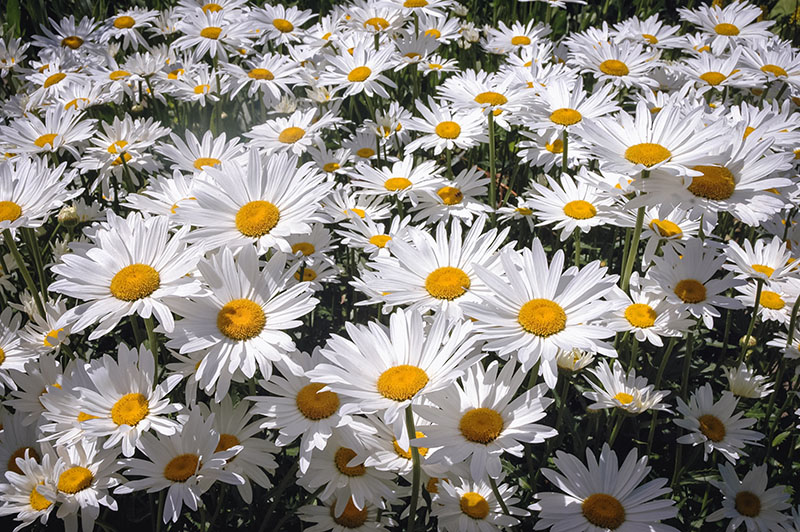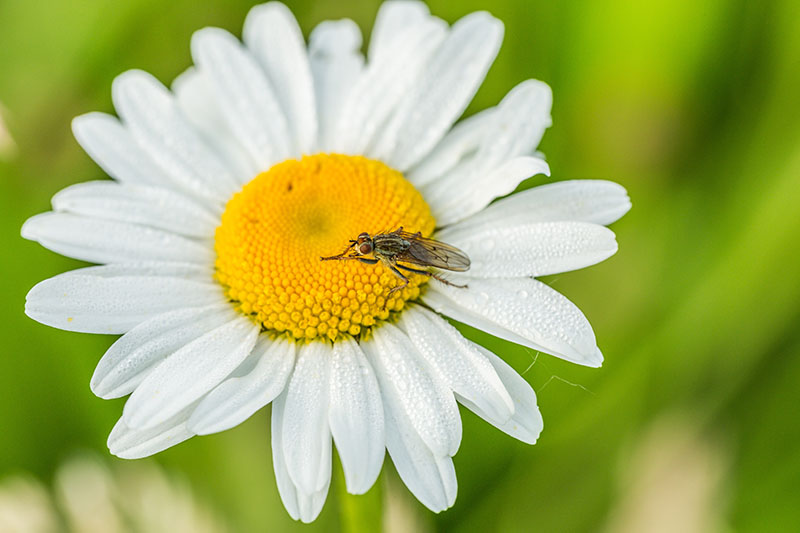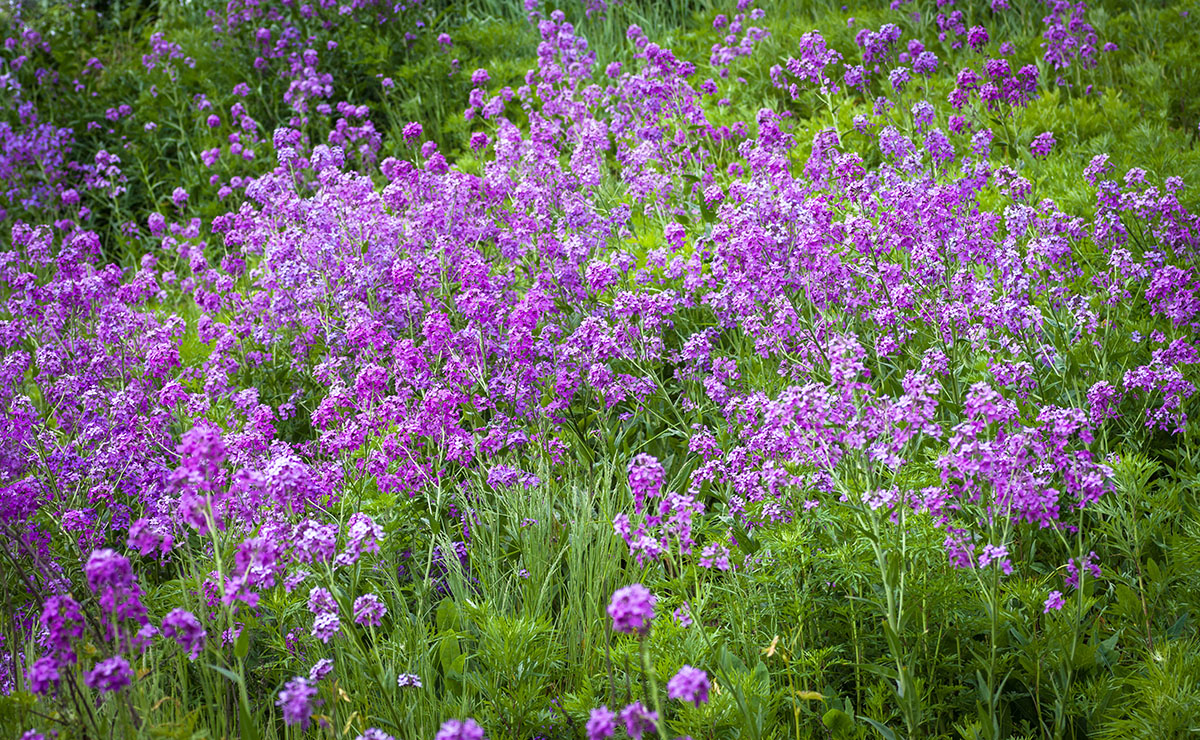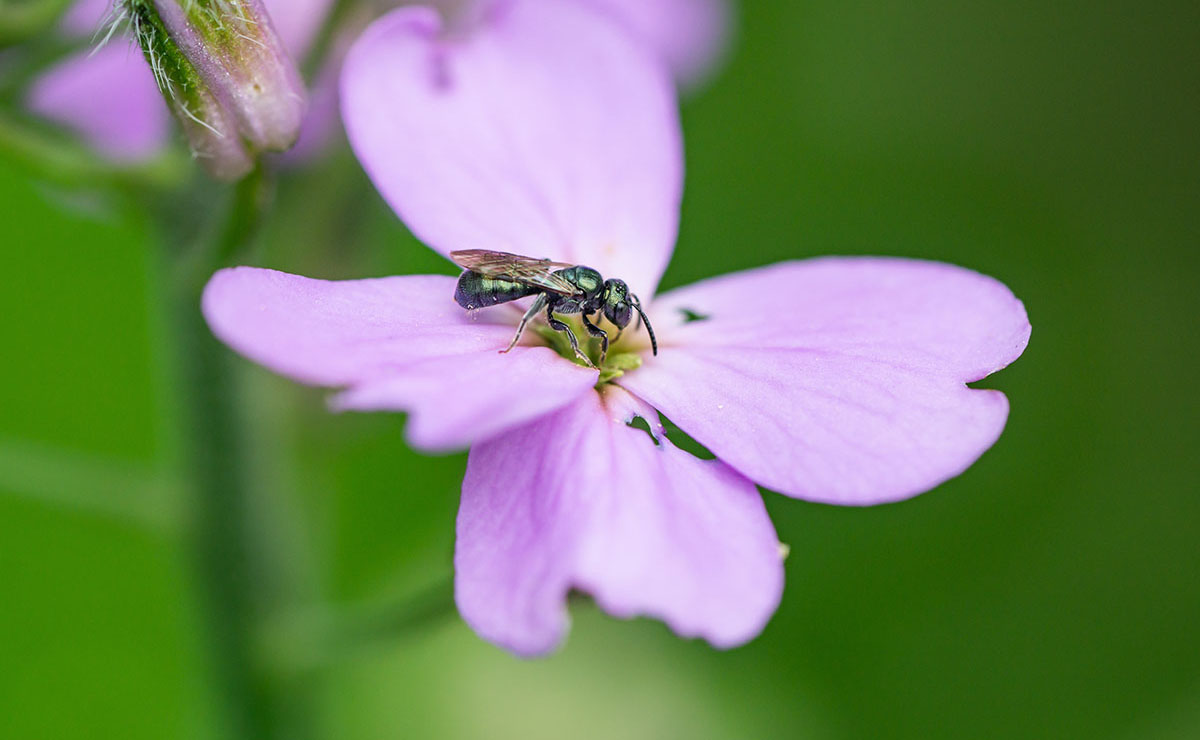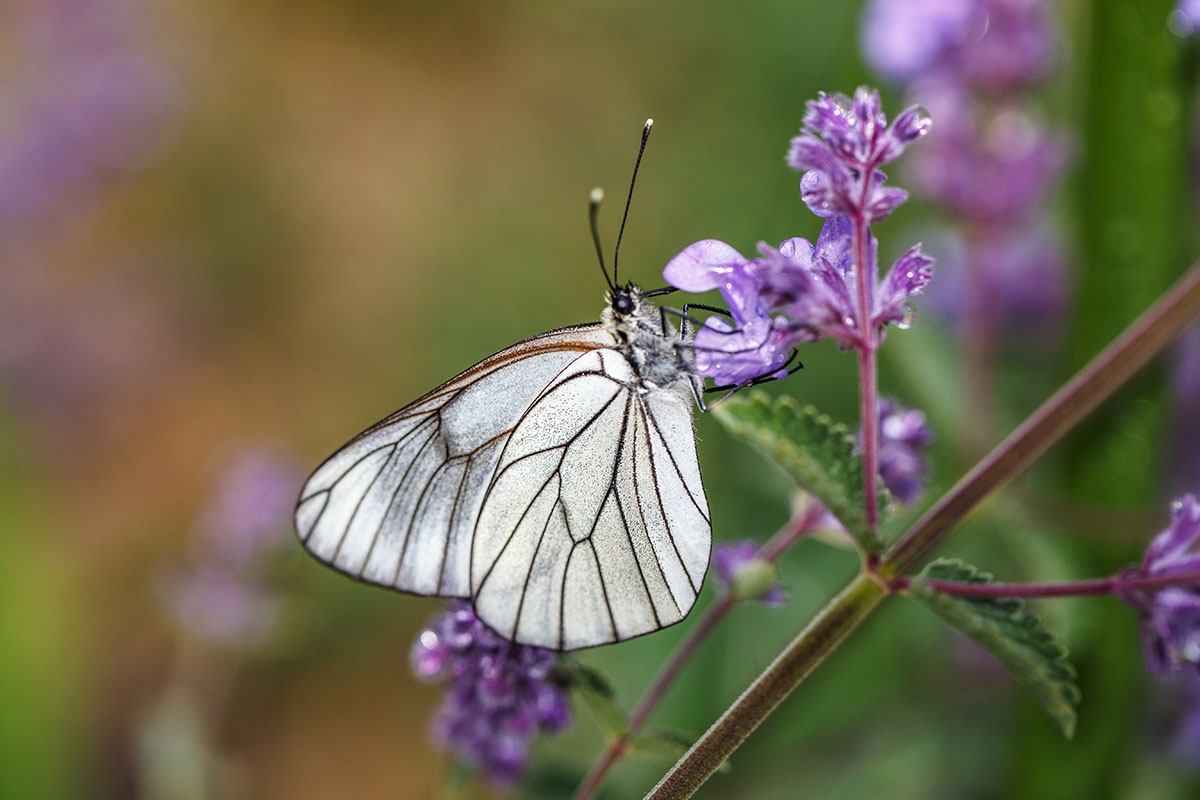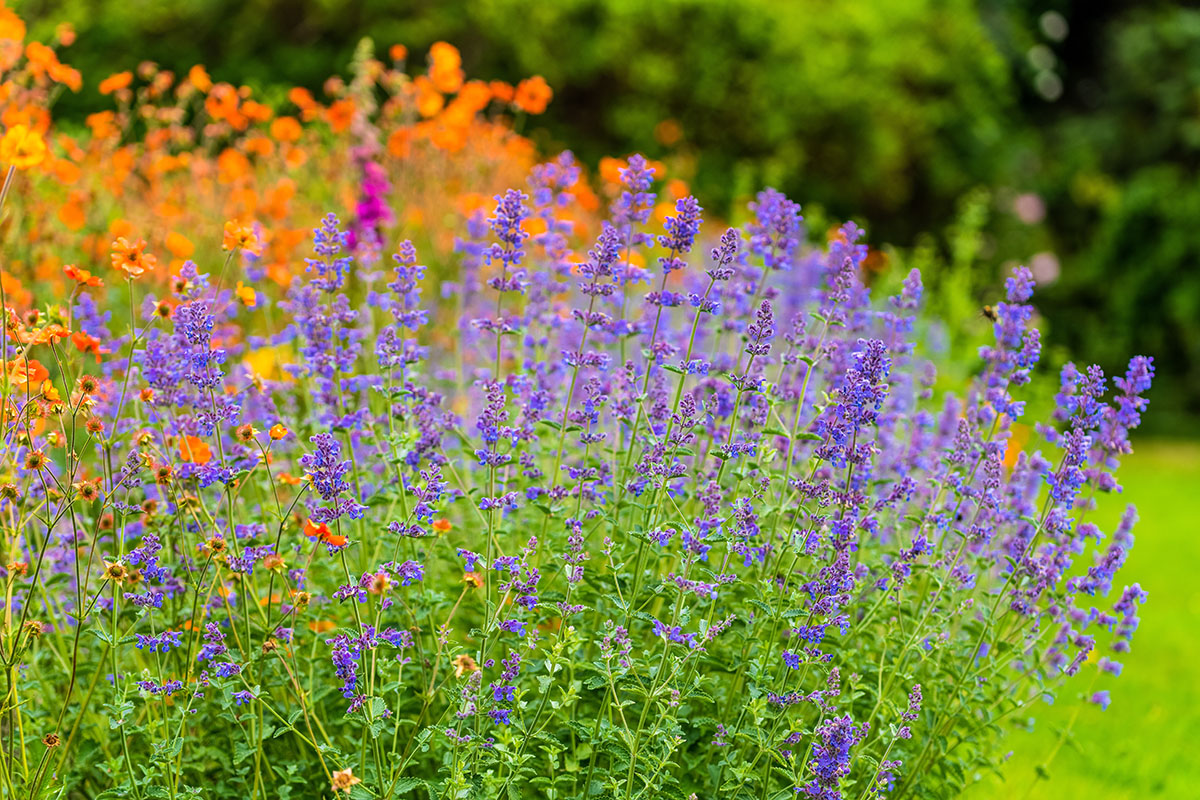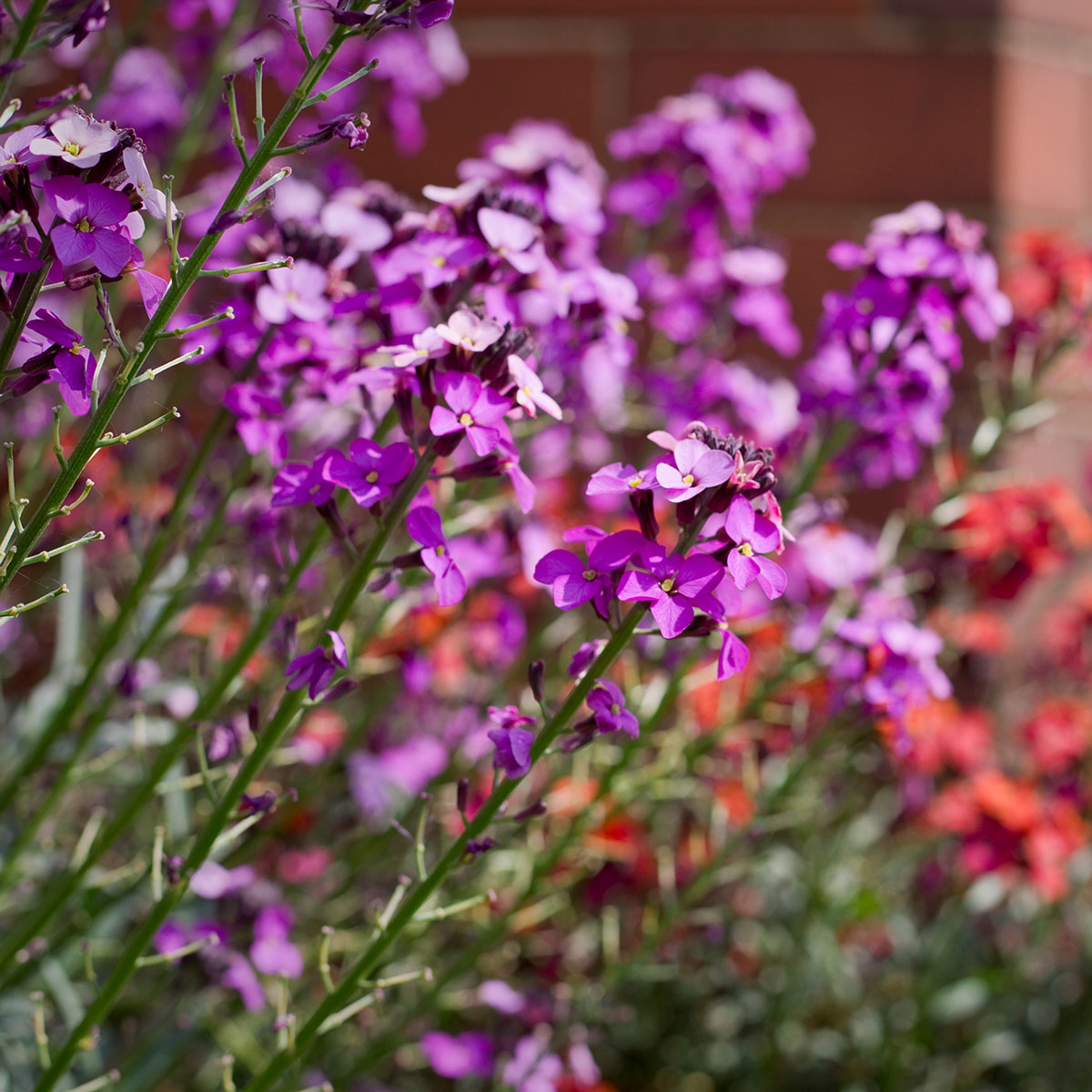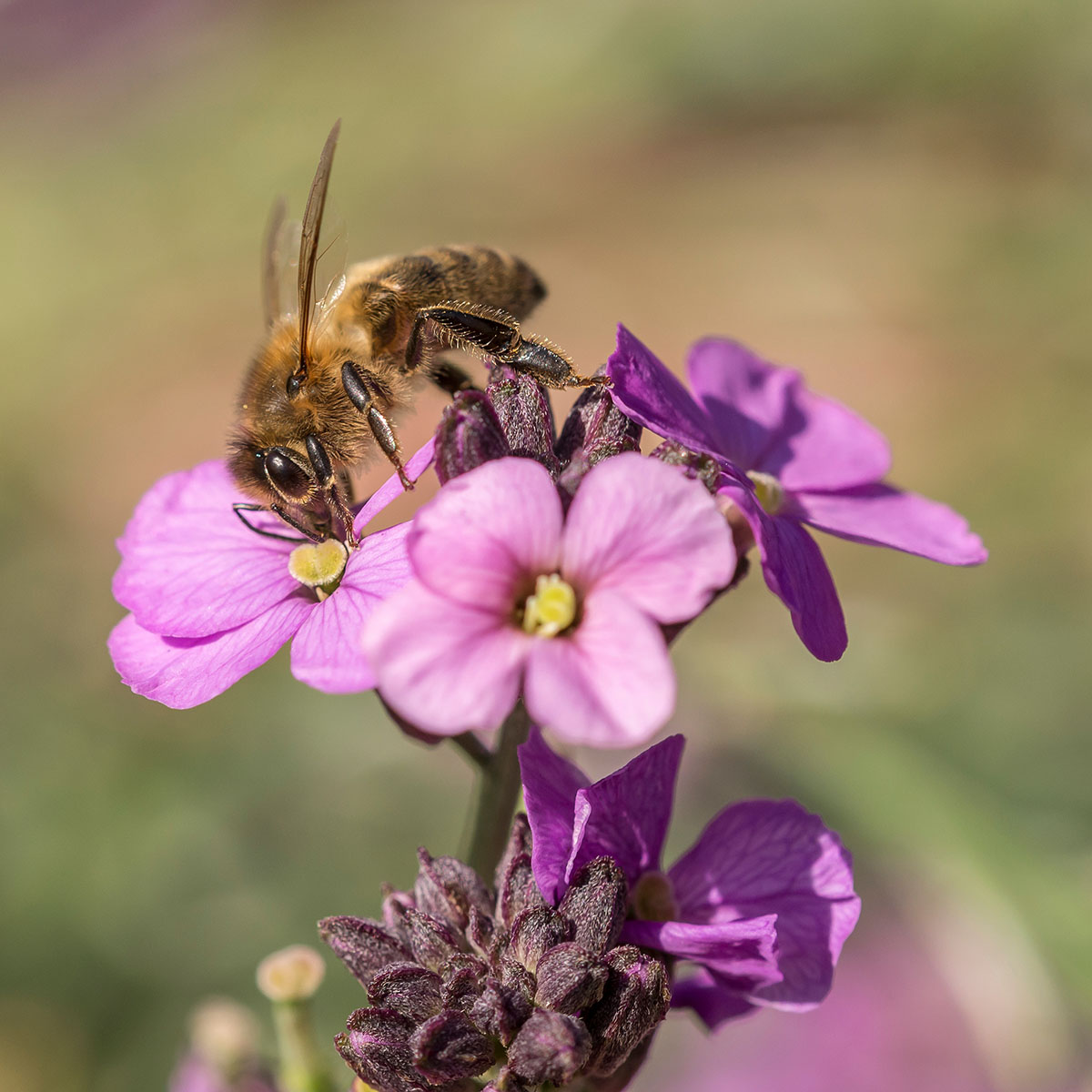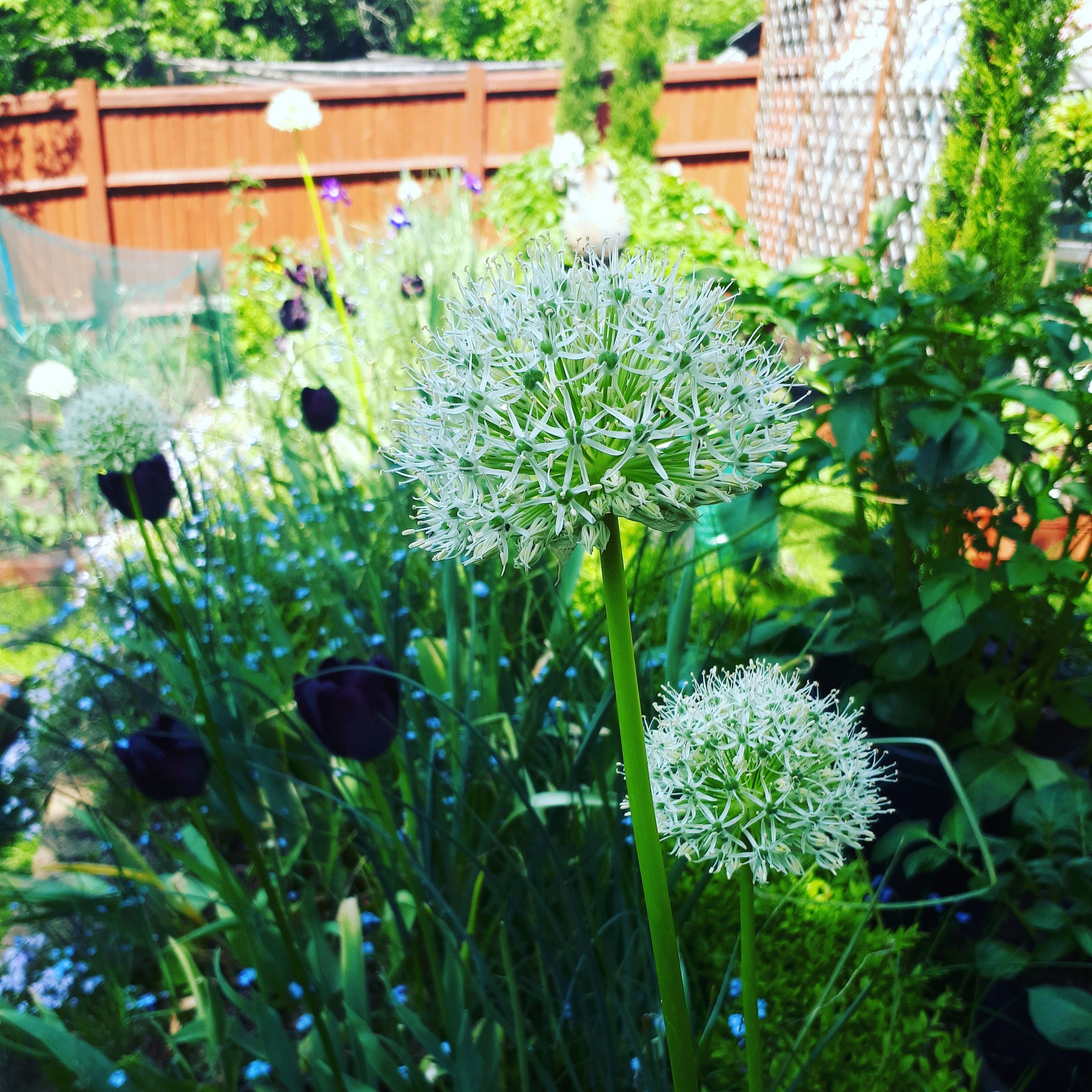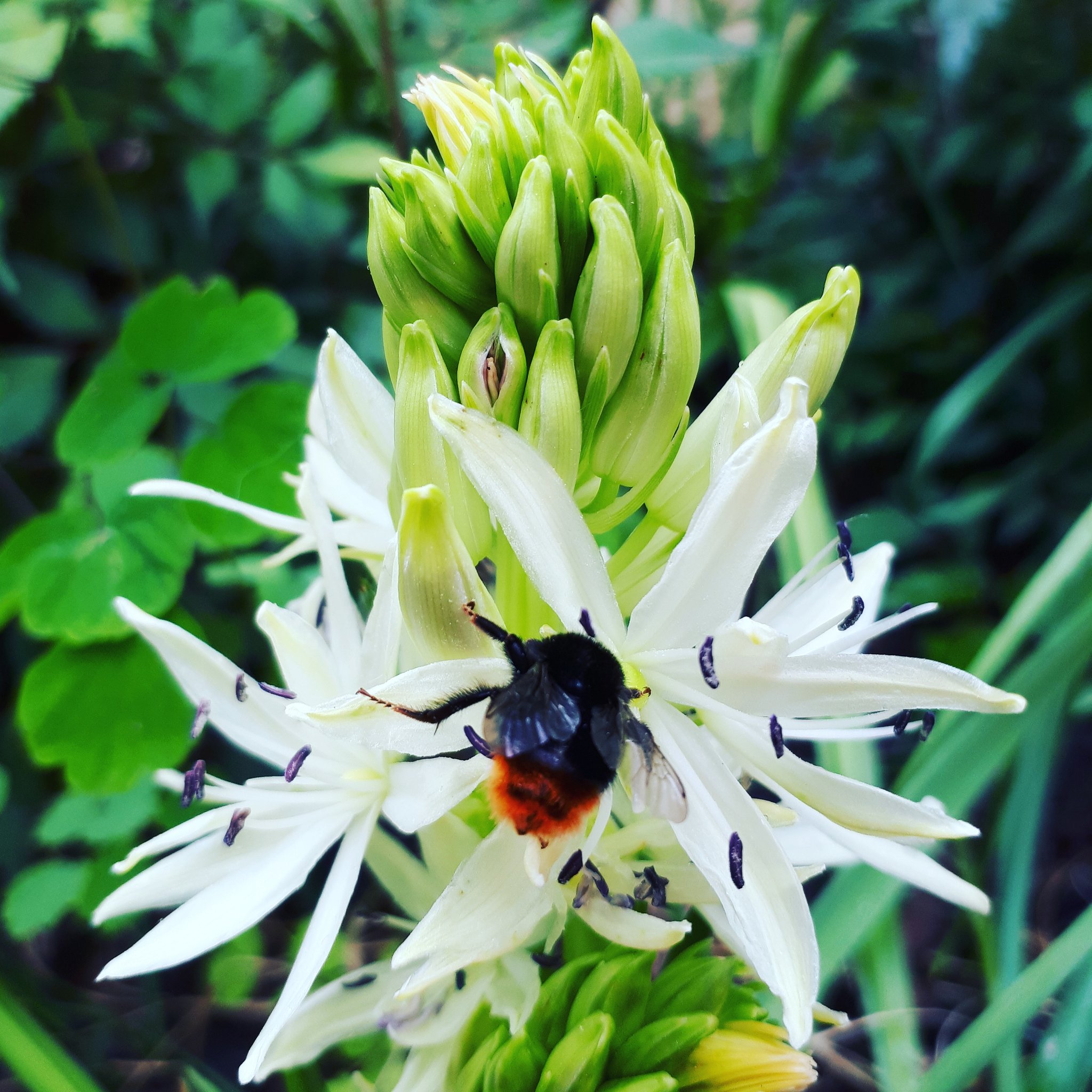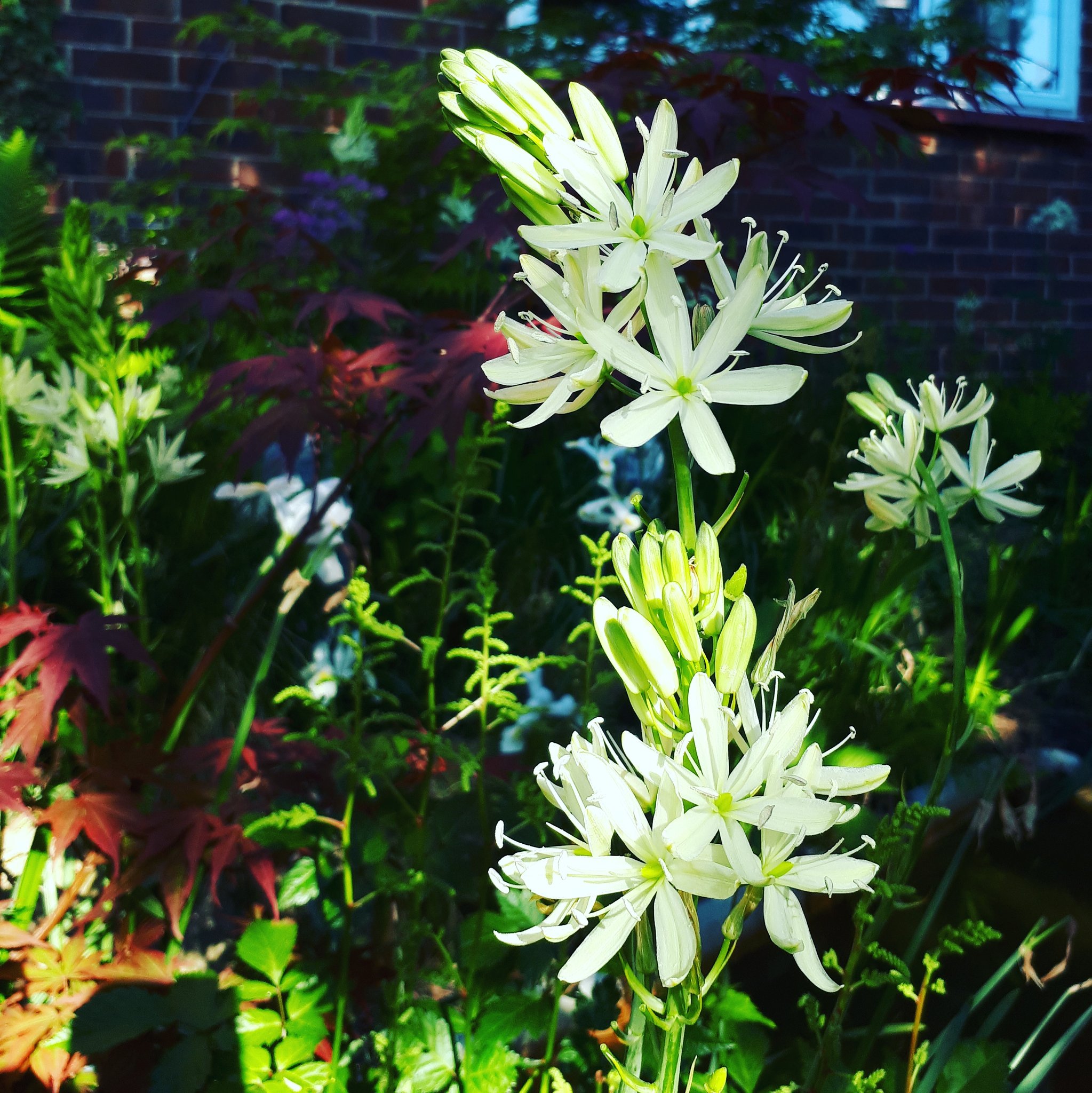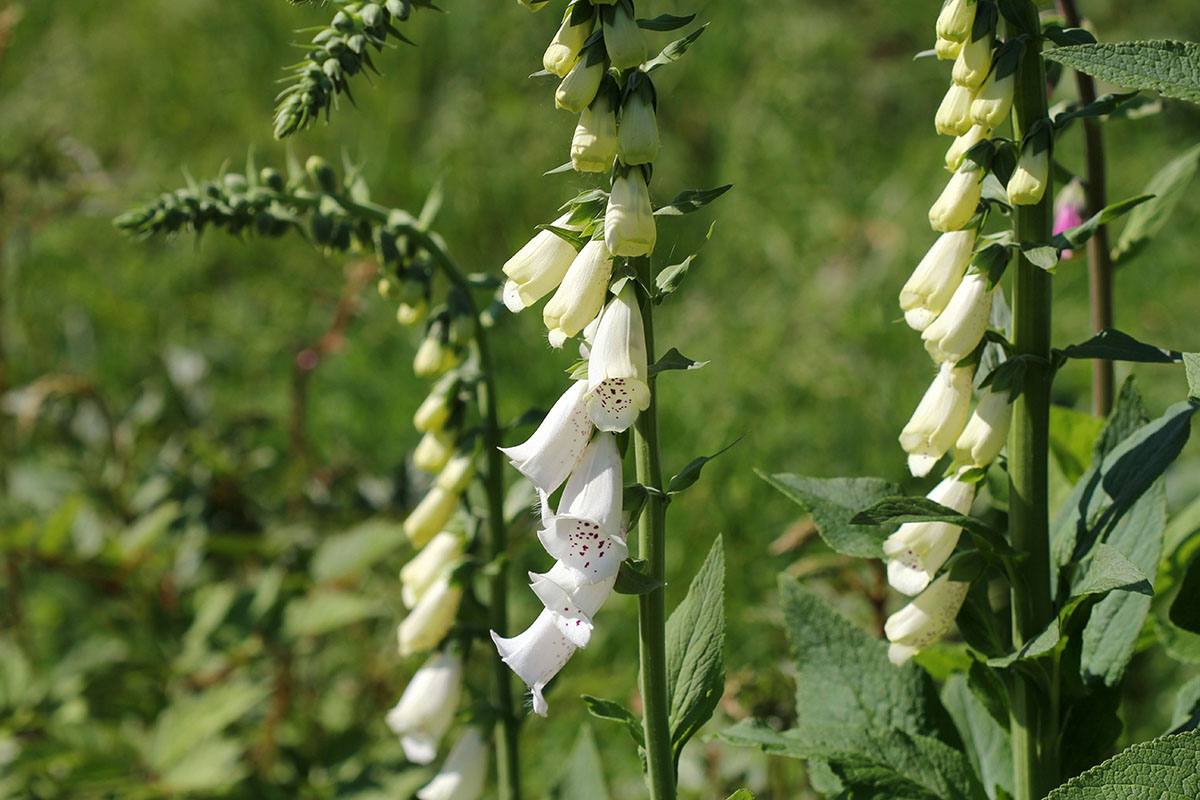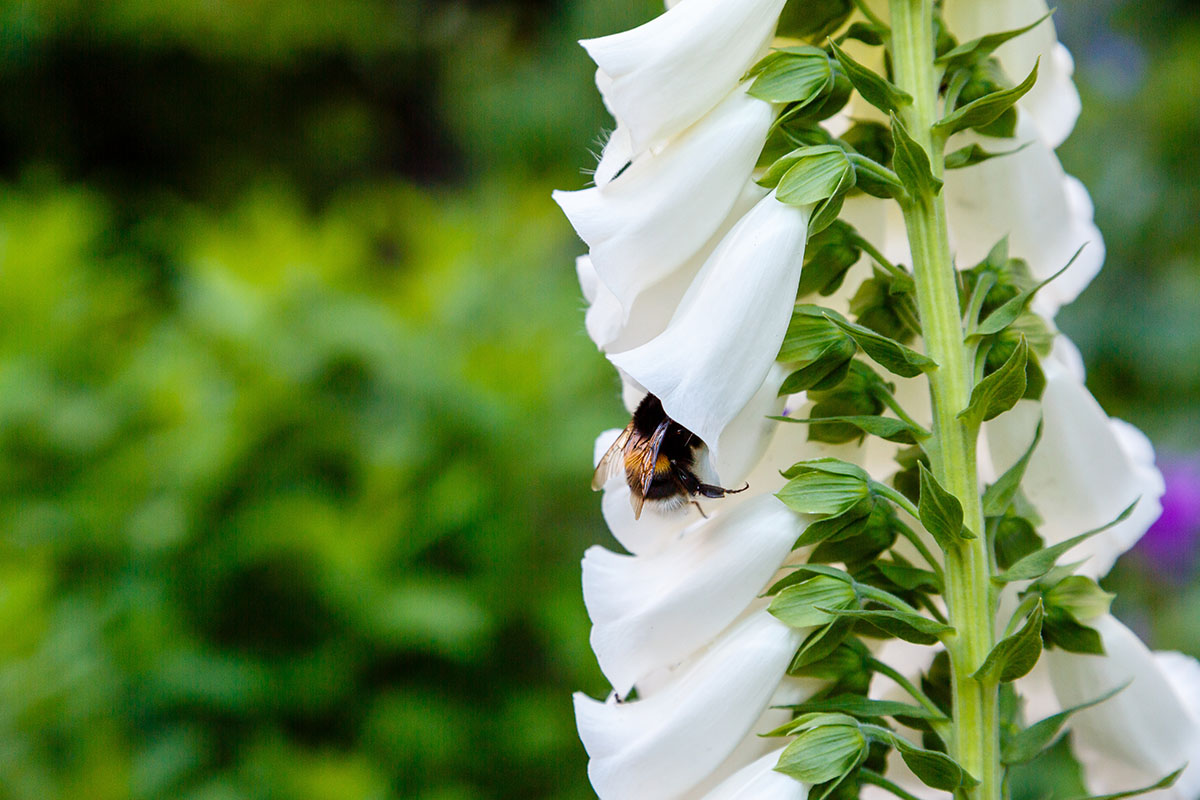Chelsea Flower Show is back to its regular May slot for the first time since the coronavirus pandemic took hold and I shall once again be volunteering on an RHS Feature Garden. I’m particularly excited this year because the garden concerned is the ‘BBC Studios #OurGreenPlanet & RHS Bee Garden’. Designed by Joe Swift and situated at the bottom of Main Avenue, the garden is the product of a partnership between the Royal Horticultural Society (RHS) and BBC Earth.
Like all RHS flower show ‘Feature Gardens’, the RHS Bee Garden won’t be judged, its purpose is solely to encourage and inspire visitors to choose year-round pollinator friendly plants, at a time when insect numbers are declining worldwide. As a volunteer on this publicly accessible garden, I am very much looking forward to being part of the environmental message, describing the background and importance of wild pollinators to the public rather than just offering plant ID help (and toilet directions).
Great news – there’s no beehive!
I can’t emphasise enough how pleased I am NOT to see a traditional beehive incorporated into the design of this garden. Why? Well there’s a vast difference between the intensive pollination role that honey bees play in commercial agriculture and the more natural task undertaken by other species of bees and pollinators such as butterflies and hoverflies. In reality honey bees are competing with native pollinators for nectar and this is contributing to the general decline in native insect numbers.
Despite the challenges that beekeepers face with Colony Collapse Disorder (CCD) and Varroa mites, over the past decade the number of British honey bee colonies has risen 50% from 80,000 to 120,000. There has also been a 25% increase in Canada and a fairly static number of around 3 million honeybee hives (and 90 billion bees) in the US since 1980. Honeybees are not in decline, quite the opposite and this has consequences.
Competition from beekeeping is bad news for native pollinators
In 2019 a three year field study in Spain’s Canary Islands found that the introduction of managed honey bees had serious consequences for biodiversity: ‘results show that beekeeping reduces the diversity of wild pollinators and interaction links in the pollination networks. It disrupts their hierarchical structural organization causing the loss of interactions by generalist species, and also impairs pollination services by wild pollinators through reducing the reproductive success of those plant species highly visited by honey bees. High-density beekeeping in natural areas appears to have lasting, more serious negative impacts on biodiversity than was previously assumed.’
Sheila Colla, an assistant professor and conservation biologist at Toronto’s York University, Canada asserts that honey bees are an extreme generalist forager – a vacuum cleaner of pollinators. “People mistakenly think keeping honey bees, or helping honey bees, is somehow helping the native bees, which are at risk of extinction.” she told Scientific American, “Beekeeping is for people; it’s not a conservation practice”.
Whilst honey bee numbers are stable or increasing, native wild pollinator numbers are in decline and from a biodiversity perspective this is a cause for concern – we don’t want all our pollinating eggs in one basket! It is difficult to establish exact insect numbers but in Germany an ongoing study of all insects found a seasonal decline of 76%, and mid-summer decline of 82% in flying insect biomass over 27 years. A British study has also found widespread losses of pollinating insects.
[hr gap=”15″]Focusing on native pollinators – The BBC Studios #OurGreenPlanet & RHS Bee Garden
There are thousands of wild insect species including solitary bees, bumblebees, butterflies, moths and hoverflies, each plays a significant role in pollinating plants. Indeed there are at least 1,500 species of insect pollinators in the UK alone, 270 of those are different species of bee. It’s great that the Joe Swift designed RHS Bee Garden emphasises the importance of these less well considered pollinators.
Hotels not hives
Instead of a beehive, Joe’s garden design includes a large insect hotel, included to provide egg laying opportunities for bees such as the solitary, masonry or leaf cutter bee. These provide overwintering accommodation from which the next generation of bees emerges the following year to repeat the pollination cycle. I myself have just begun constructing bee hotels from garden cabin off cuts. It doesn’t take a great deal of effort to saw it up and drill a few holes in a range of sizes (6mm, 8mm and 10mm).
An abundance of mud in the RHS Bee Garden will demonstrate the need to provide nest making opportunities for miner bees. Sources of shallow water will also highlight the need to offer drinking water for insects without the added risk of drowning that comes from often inescapable ponds.
In my own garden I have a large sandy bank which Ivy Bees burrow into, each autumn the colony of tunnelling bees seems to grow bigger, it now numbers several hundred Ivy Bees for a week or two each September. These bees do make it quite impossible to mow the bank, or for the children to play on the nearby area, but only for a short window and it’s worth it to support this pollinator species
More of my huge Ivy Bee colony. Some sort of little trio waggle dance near the end. Love their little faces when they pop back out of their holes. @B_Strawbridge pic.twitter.com/0N1cZA06FK
— Matt Peskett 🌱 (GrowLikeGrandad) (@GrowLikeGrandad) September 14, 2020
Plants for pollinators
Featuring a bee wing silhouette as the centrepiece, the RHS Bee Garden design will of course be visually pleasing, it does need to do the job of stimulating its humans as much as its visiting pollinators. Nectar and pollen rich plants have been chosen by Joe to cover a wide array of flowering periods though presumably weighted in favour of May blooms for the flower show itself.
![Joe Swift's bee wing silhouette garden design [Source: RHS]](https://www.growlikegrandad.co.uk/wp-content/uploads/2022/05/BBC-Studios-Our-Green-Planet-and-RHS-Bee-Garden-940x627-1.jpg)
What might we expect to be on show in the RHS Bee Garden? Well, if I was doing the plant selections I would be adding in Crimson Clover (Trifolium incarnatum) which is used as a green manure with nitrogen enriching benefits to soil, I have seen it used at Chelsea and it guarantees me bumblebees and even bumblebee nests at the allotment.
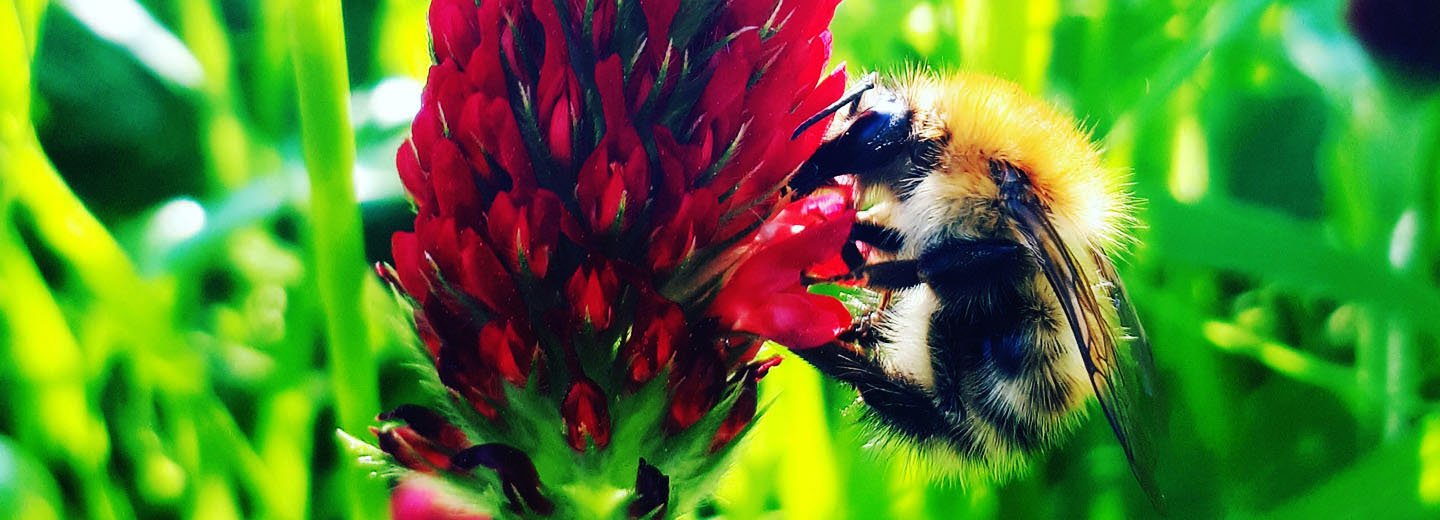
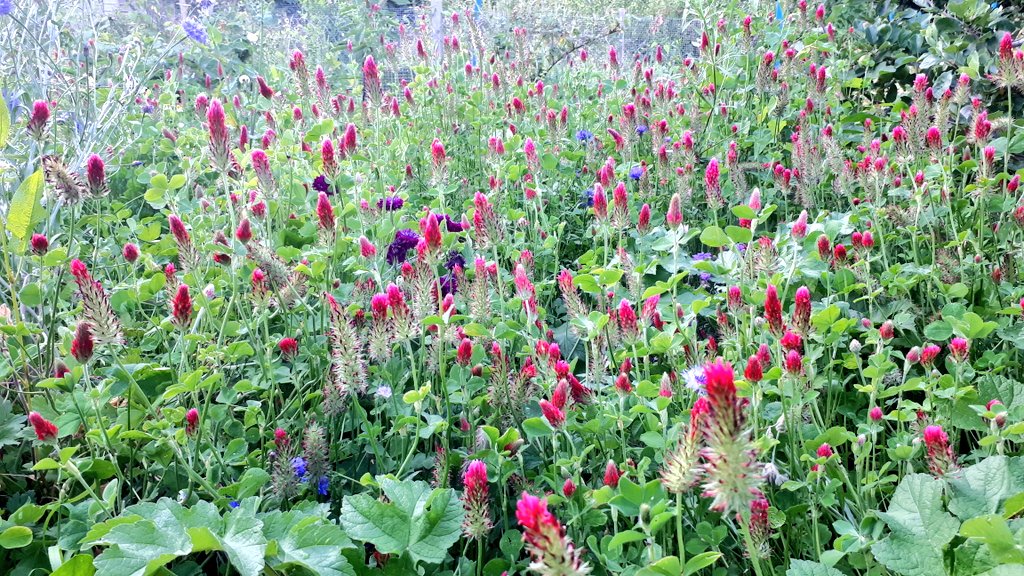
I’d also be recommending Drumstick Alliums (Allium sphaerocephalon) though the flower is more of a mid-summer option so again isn’t likely to make it into any Chelsea displays but I strongly recommend it.
Guessing Joe Swift’s planting picks
Here, in rough height order from small to tall, are twenty pollinator friendly plants that might make it into Joe’s design, some obvious choices, some less so. If in doubt the RHS Plants for Pollinators list is a helpful resource for choosing pollinator friendly flowers.
1. Mexican fleabane (Erigeron karvinskianus)
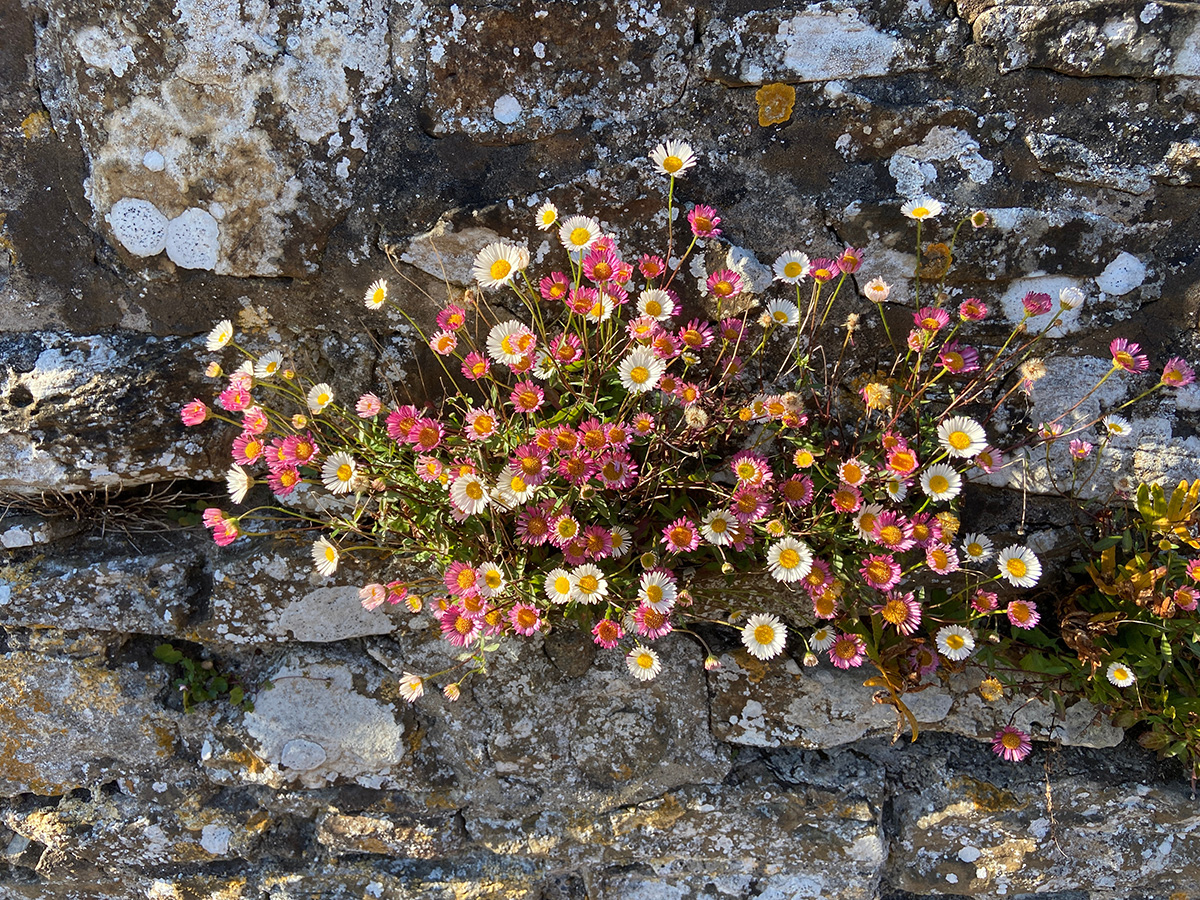
2. Shasta daisy (Leucanthemum)
3. Lady’s Mantle (Alchemilla mollis)
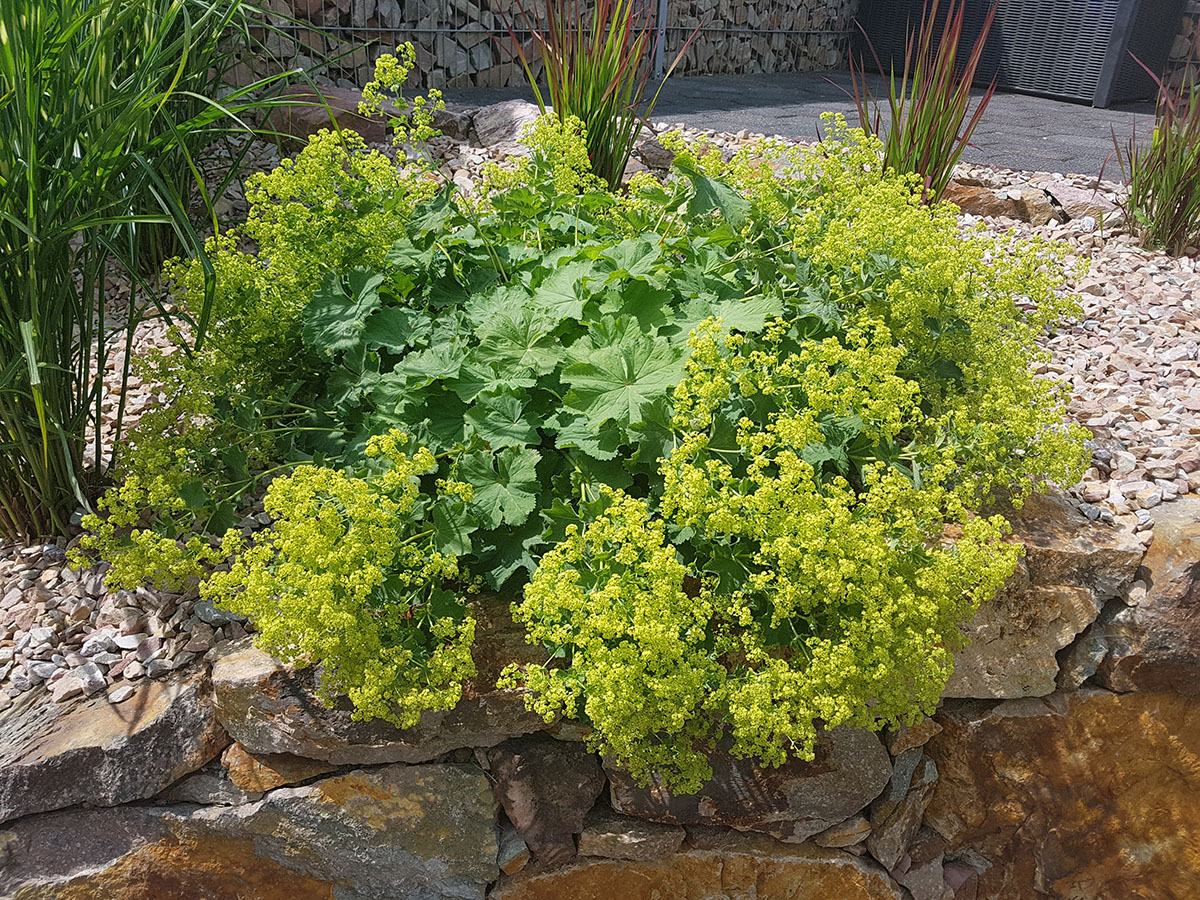
4. Pincushion Flower (Scabiosa ‘Butterfly Blue’)
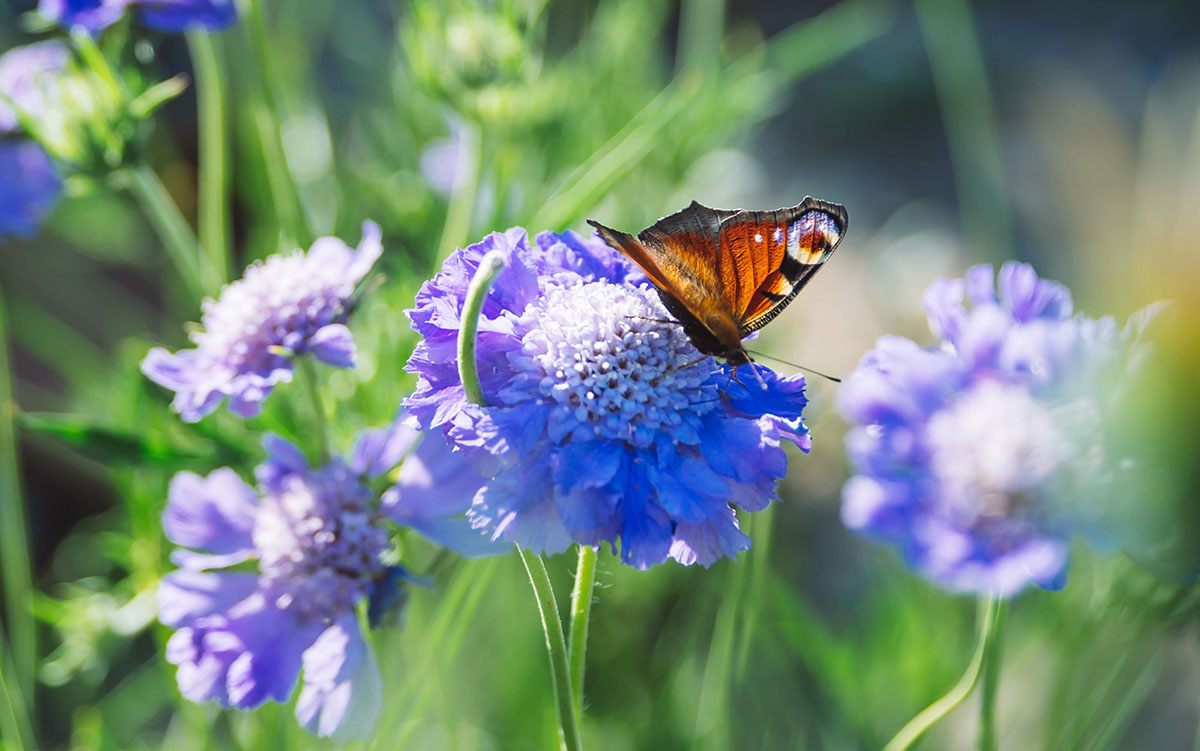
5. Greater masterwort (Astrantia maj. ‘Claret’)
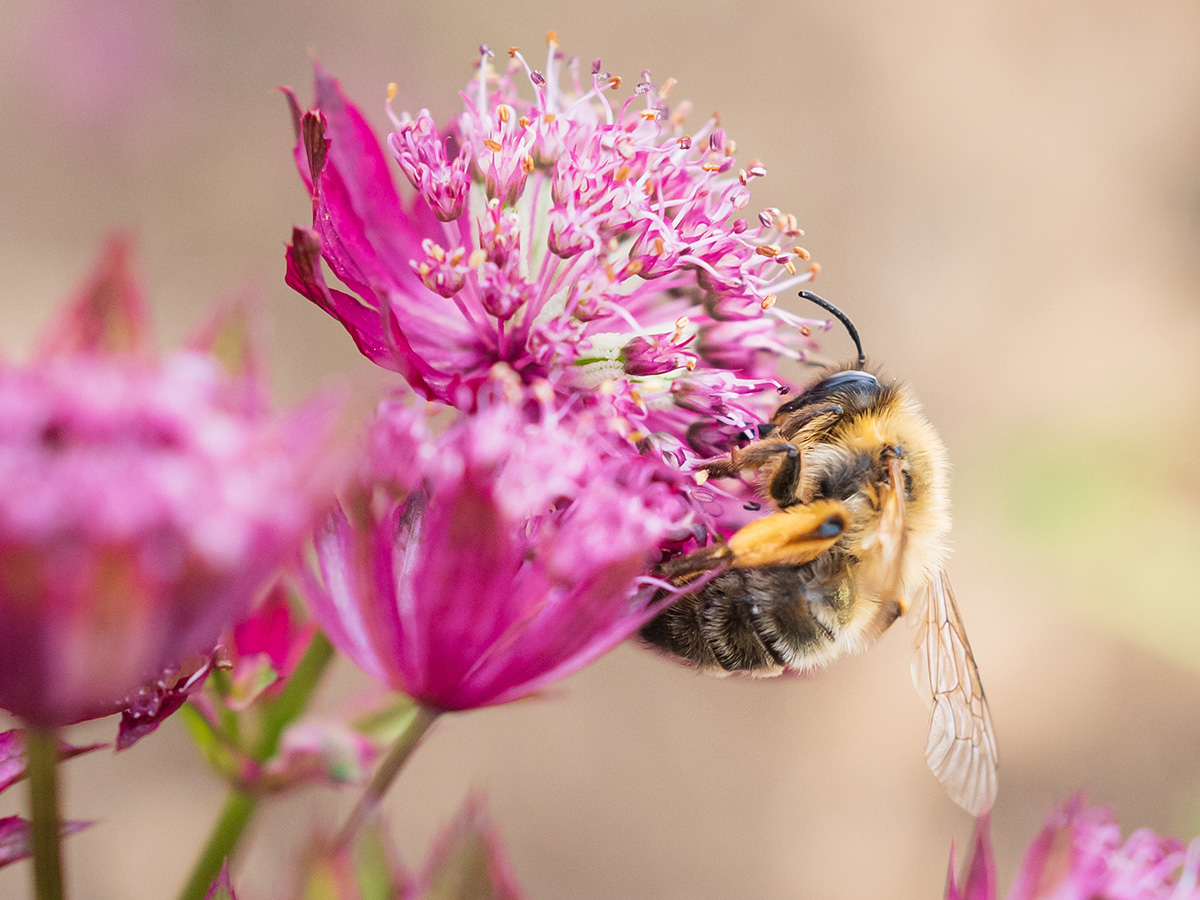
6. Blue Star (Amsonia tabernaemontana)
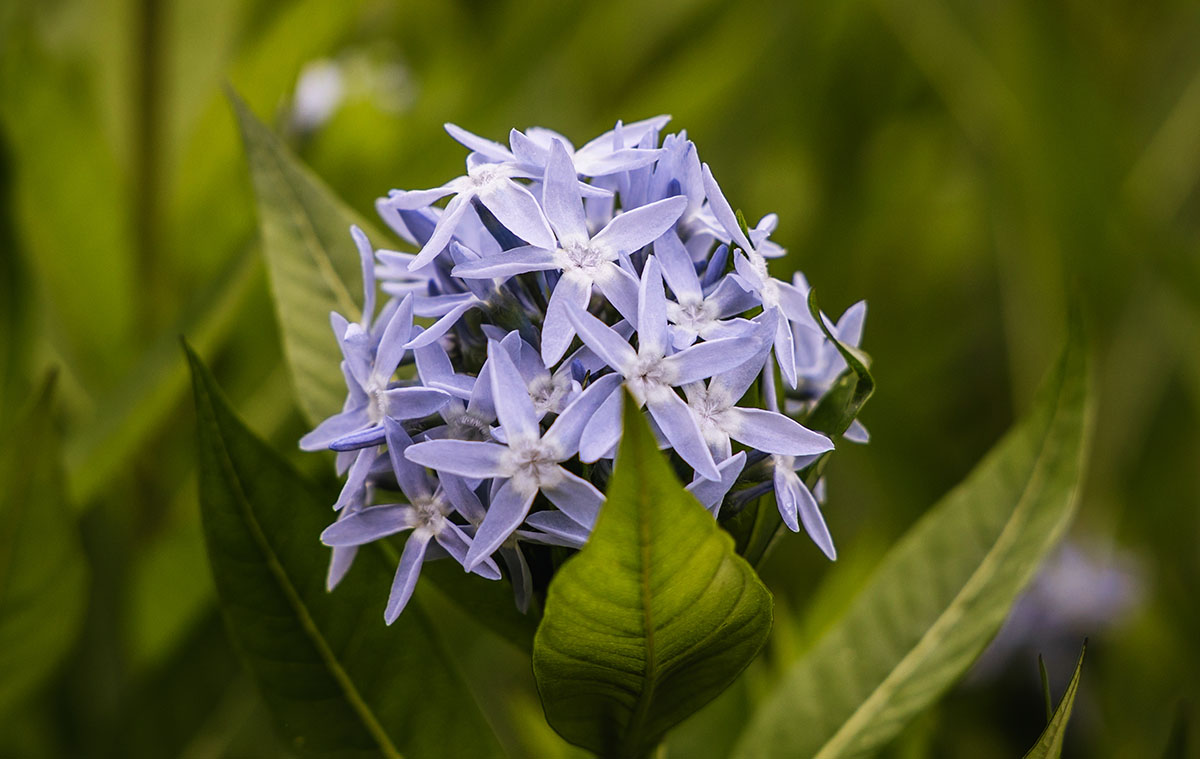
7. Geum ‘Totally Tangerine’ (Avens)
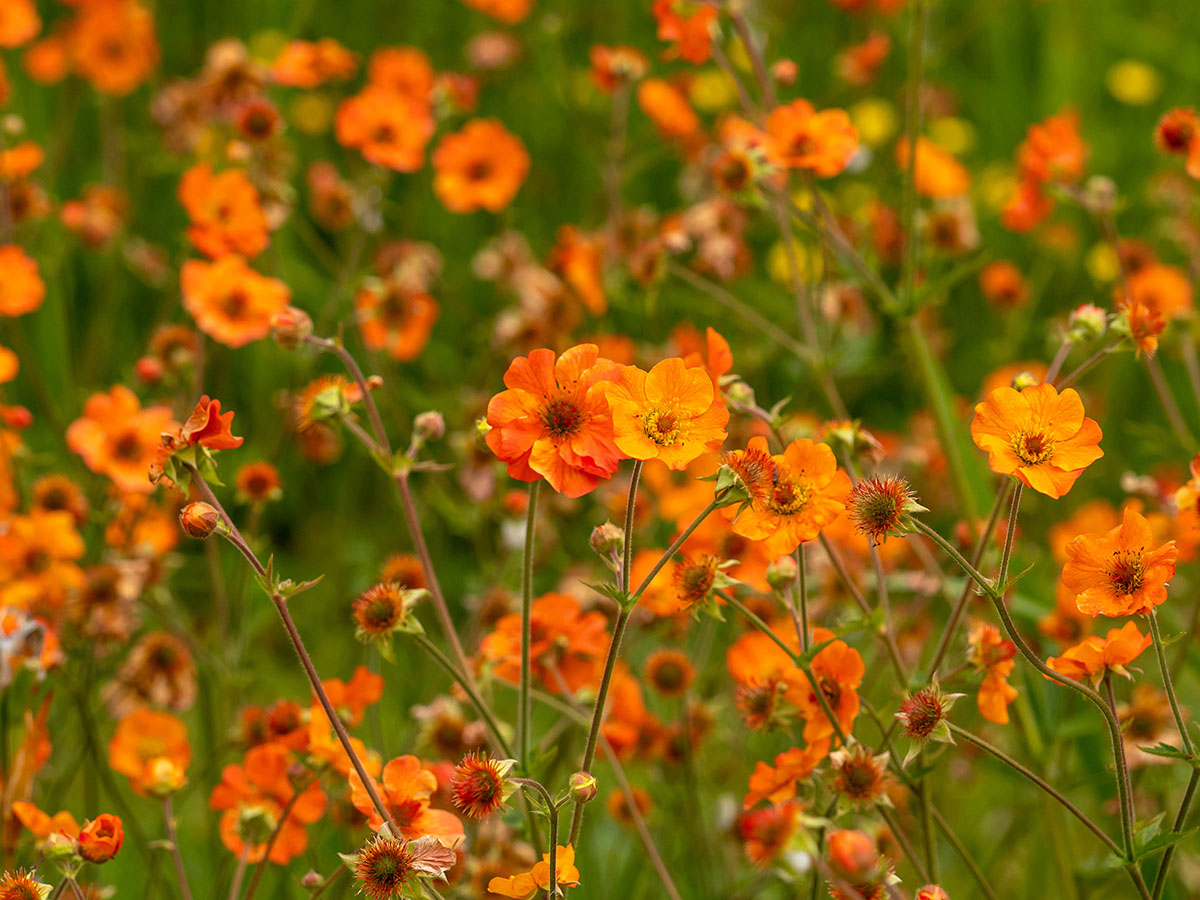
8. Dame’s Rocket, purple (Hesperis matronalis)
9. Dame’s Rocket, white (Hesperis matronalis alba)
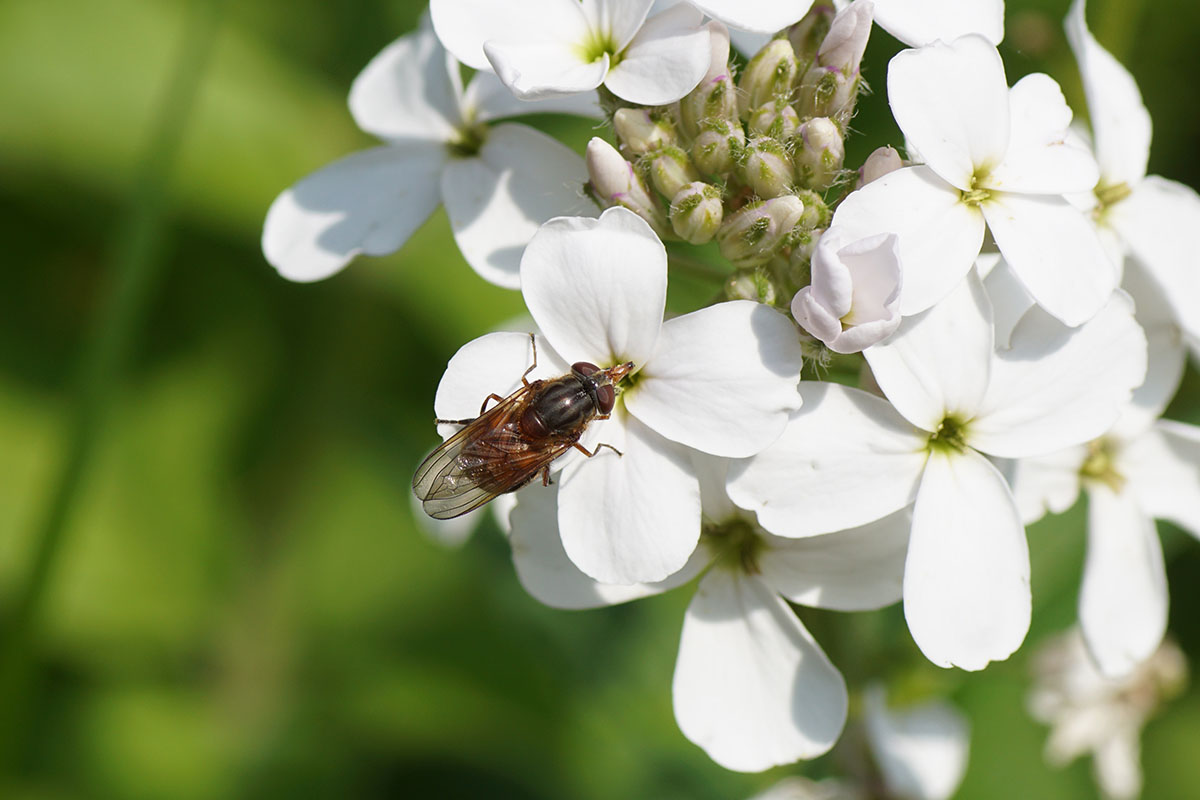
10. Oregano (Origanum herrenhausen)
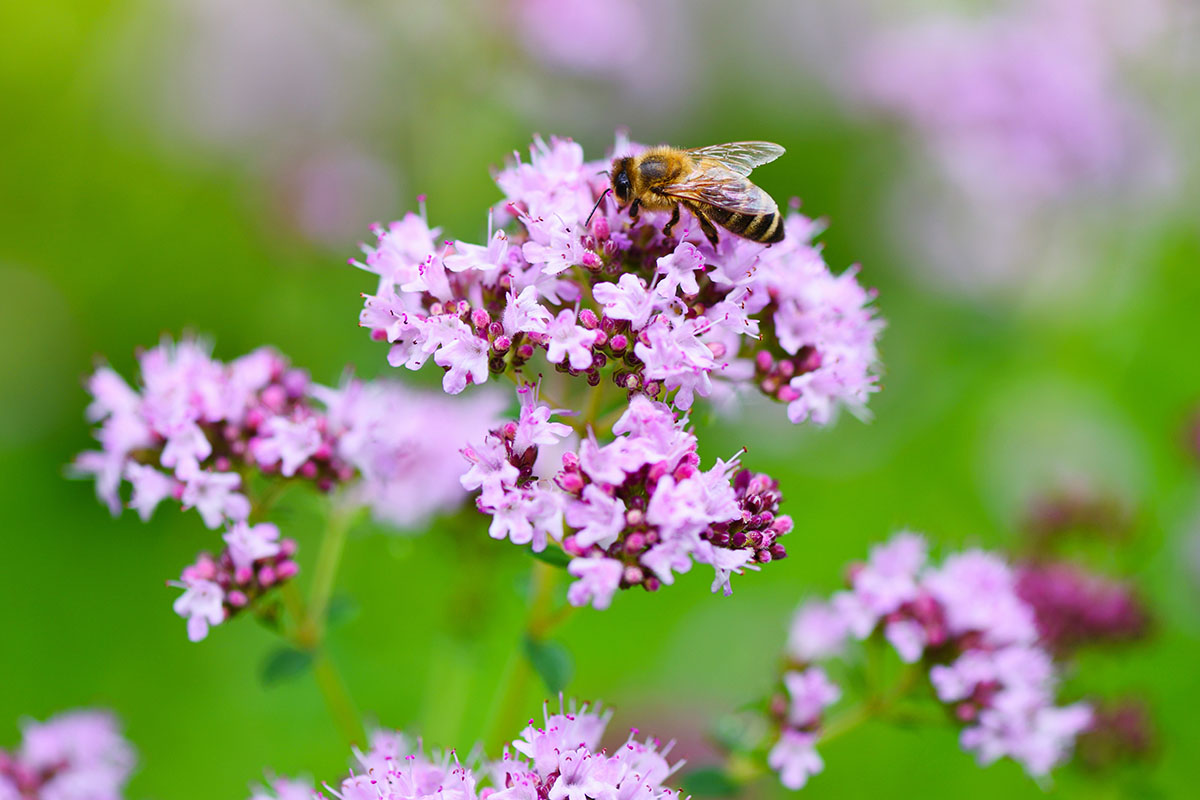
11. Wood spurge (Euphorbia amygdaloides ‘Robbiae’)
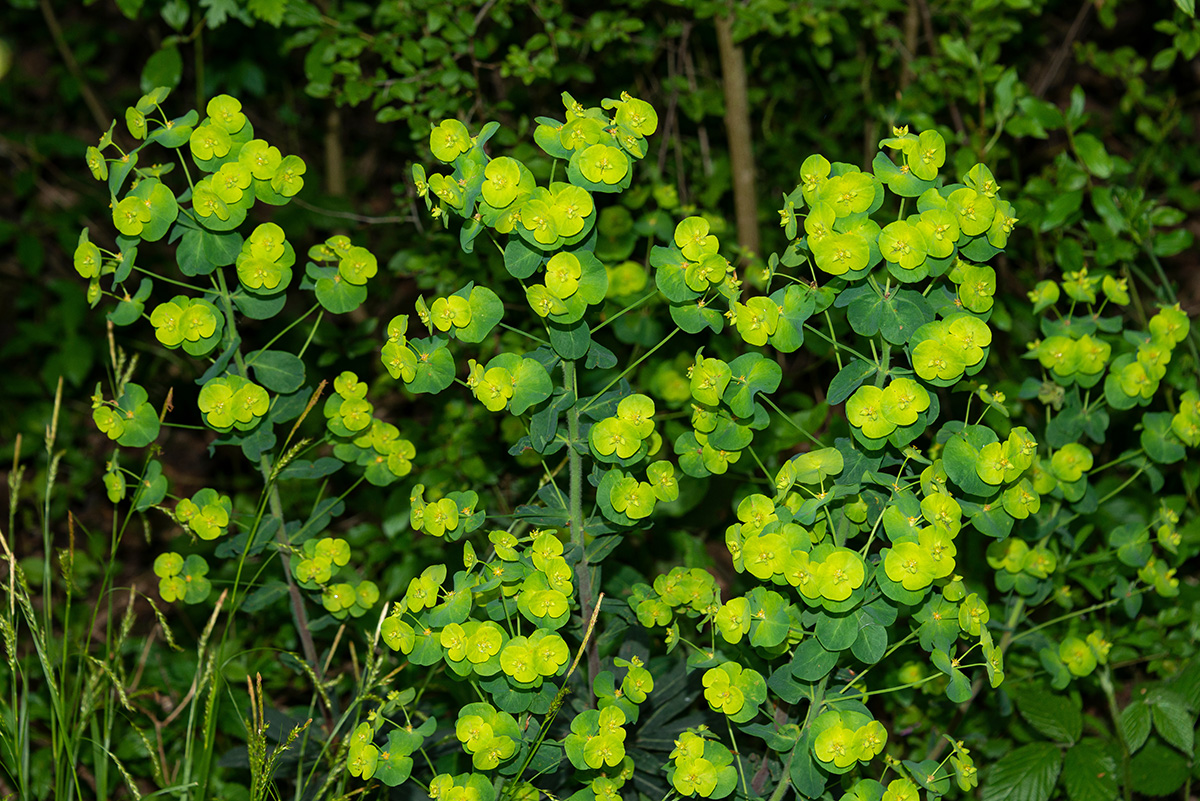
12. Giant Catmint (Nepeta ‘Six Hills Giant’)
13. Wallflower (Erysium ‘Bowles Mauve’)
14. Allium Mount Everest (Allium stipitatum)
15. Camassia (Camassia leichtlinii Alba)
16. Lupin (Lupinus ‘Towering Inferno’)
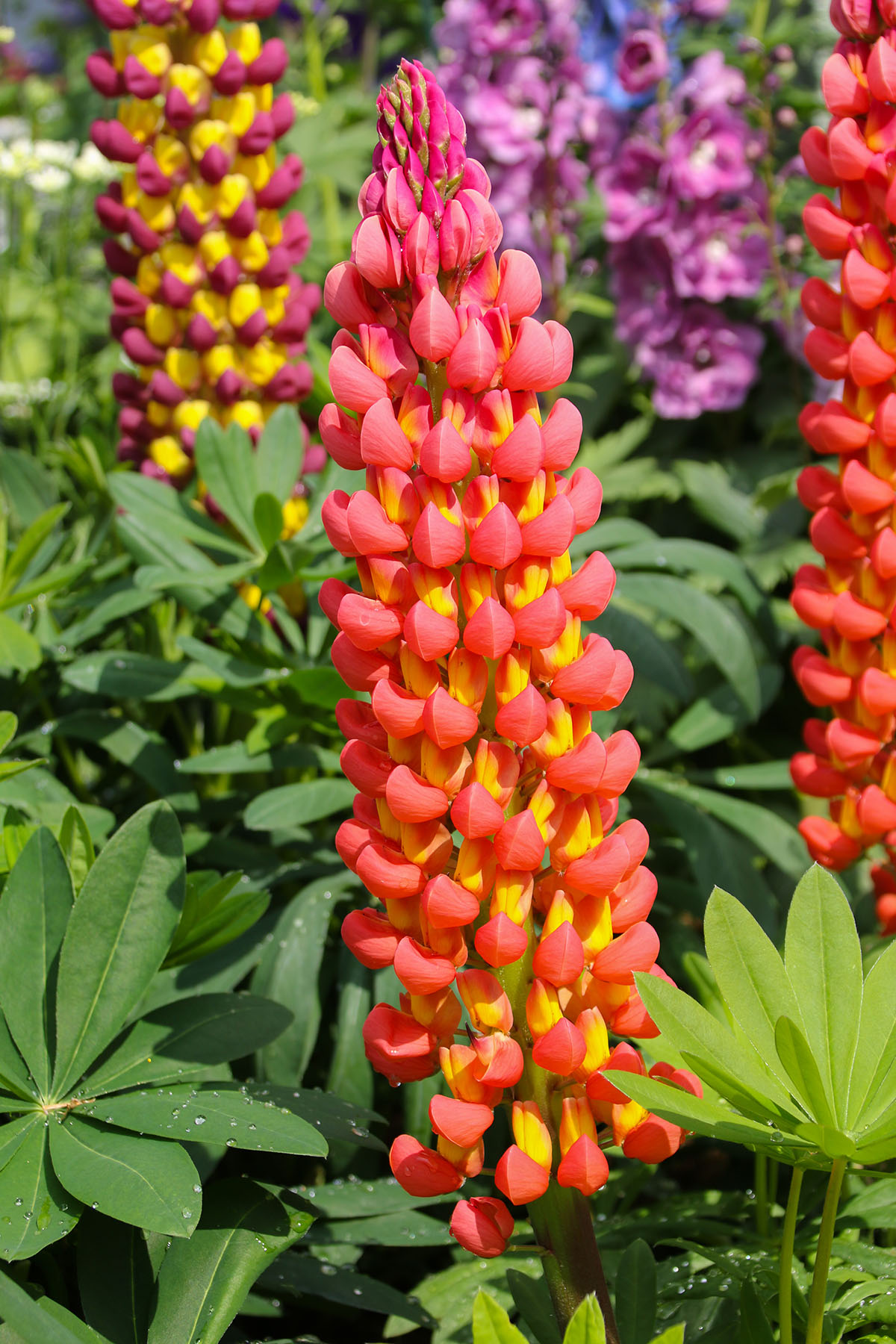
17. White foxglove (Digitalis purpurea ‘Alba’)
18. Sicilian Honey Garlic (Nectaroscordum siculum)
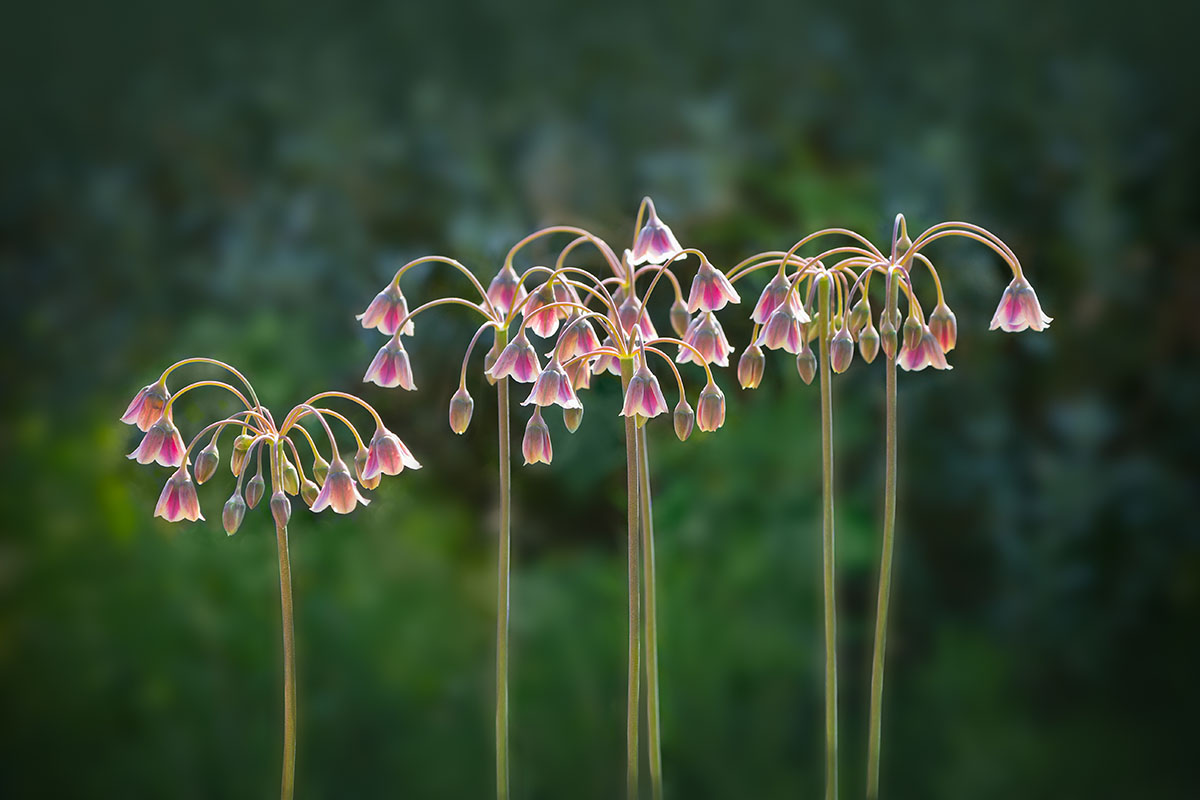
19. Purple top (Verbena bonariensis)
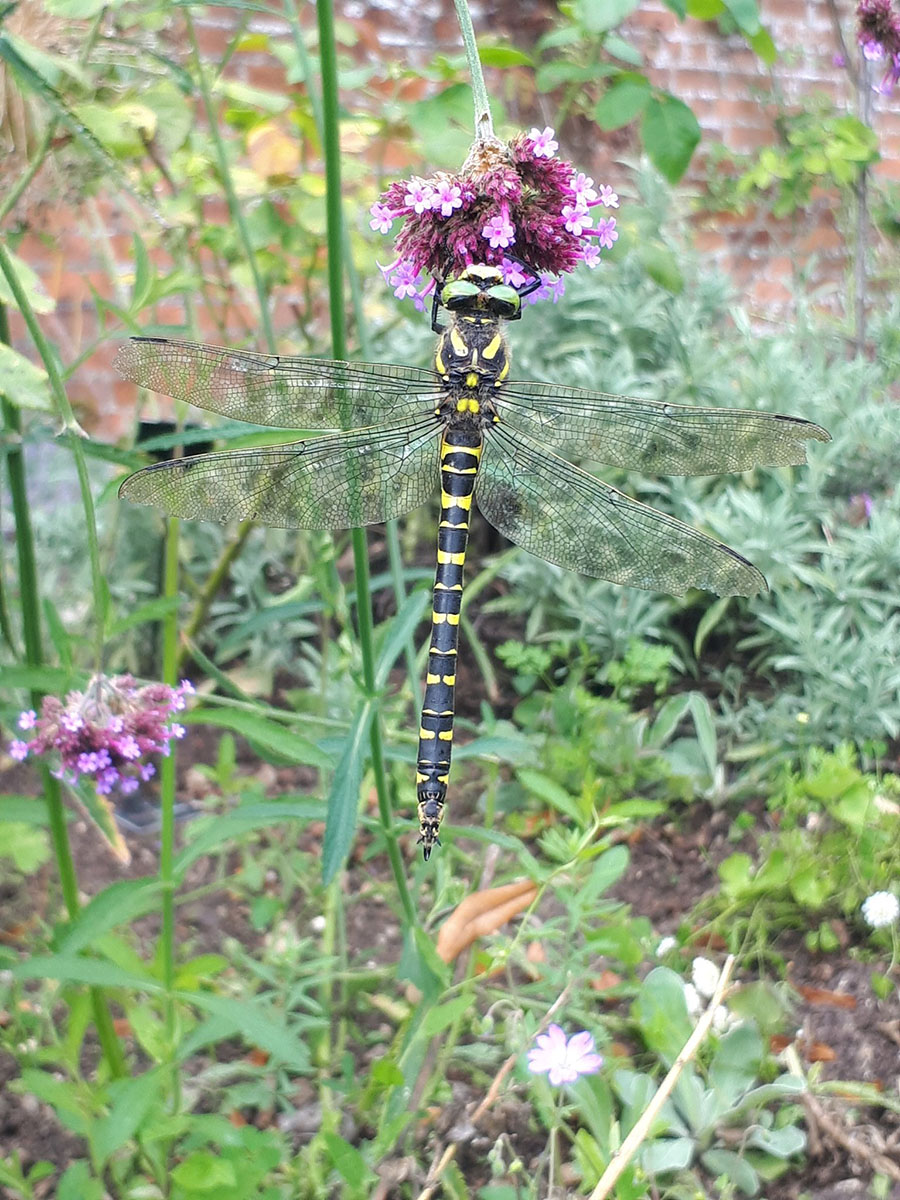
20. Guelder Rose (Viburnum opulus)
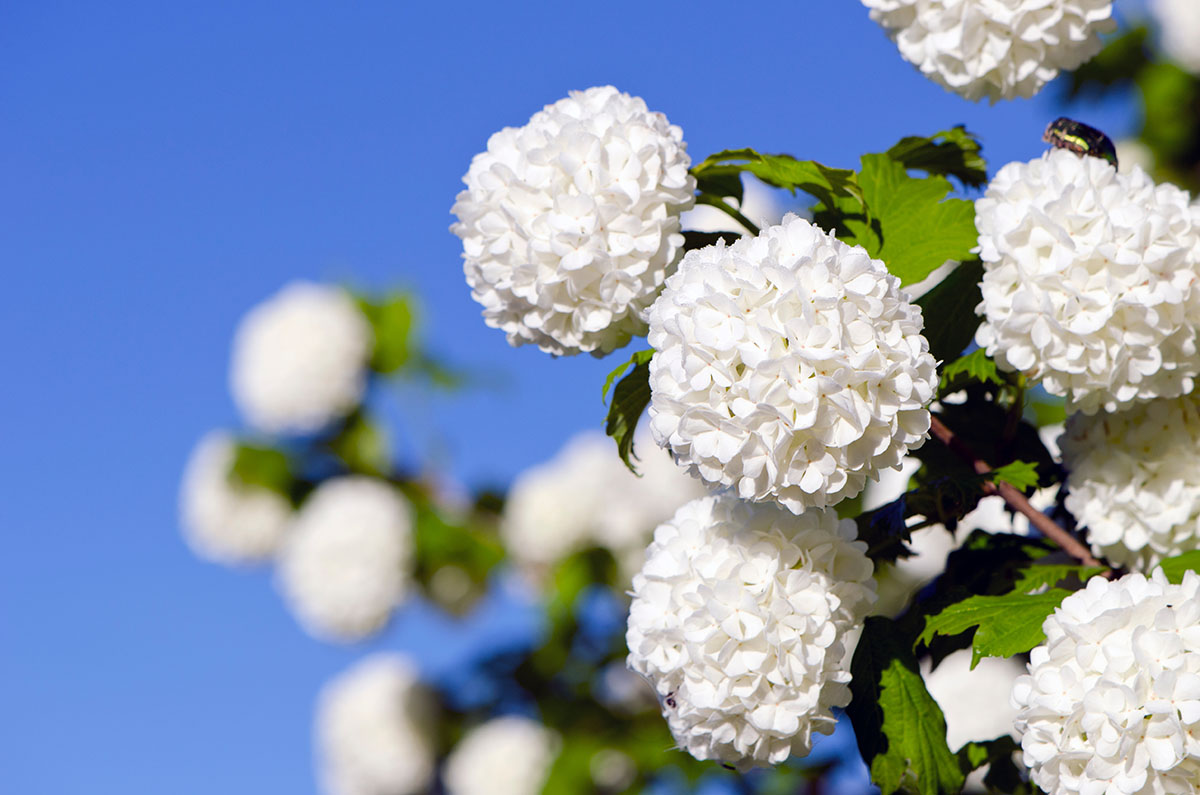
The RHS Bee Garden has been in development for more than two years and will live on after RHS Chelsea, a competition will see it relocated to a London school for students, teachers and the pollinators to enjoy.
[hr gap=”15″]



